
Copernical Team
The hidden intricacies of Messier 106
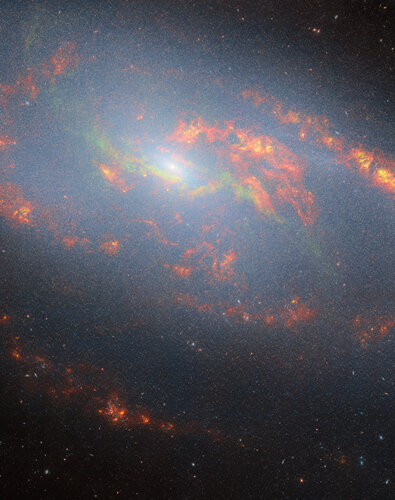 Image:
The hidden intricacies of Messier 106
Image:
The hidden intricacies of Messier 106 Build your own Ariane 6 rocket with ESA!
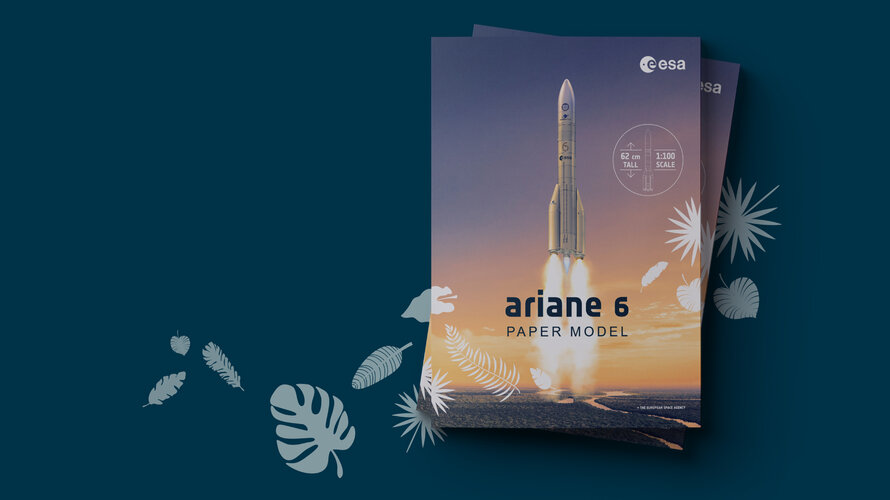
Build your own Ariane 6 rocket with ESA!
Download your printable kit and join the competition.
NASA weighs Crew Dragon rescue for stranded Starliner crew
 What was meant to be a weeklong trip to the International Space Station (ISS) for the first NASA astronauts to fly with Boeing could extend to eight months, with the agency considering bringing them home on a SpaceX spaceship.
A final decision on whether to persist with Boeing's troubled Starliner - which experienced worrying propulsion issues as it flew up to the orbital platform in June -
What was meant to be a weeklong trip to the International Space Station (ISS) for the first NASA astronauts to fly with Boeing could extend to eight months, with the agency considering bringing them home on a SpaceX spaceship.
A final decision on whether to persist with Boeing's troubled Starliner - which experienced worrying propulsion issues as it flew up to the orbital platform in June - Here's how Curiosity's sky crane changed the way NASA explores Mars
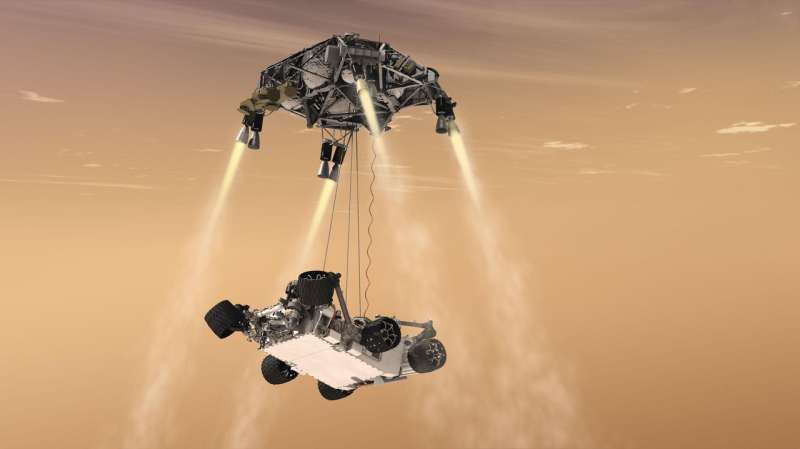
Twelve years ago, NASA landed its six-wheeled science lab using a daring new technology that lowers the rover using a robotic jetpack.
NASA's Curiosity rover mission is celebrating a dozen years on the red planet, where the six-wheeled scientist continues to make big discoveries as it inches up the foothills of a Martian mountain. Just landing successfully on Mars is a feat, but the Curiosity mission went several steps further on Aug. 5, 2012, touching down with a bold new technique: the sky crane maneuver.
A swooping robotic jetpack delivered Curiosity to its landing area and lowered it to the surface with nylon ropes, then cut the ropes and flew off to conduct a controlled crash landing safely out of range of the rover.
The Perseids are here. Here's how to see the 'fireballs' of summer's brightest meteor shower

The Perseids are back to dazzle the sky with bursts of light and color.
The annual meteor shower, active since July, peaks before dawn Monday. It's one of the brightest and most easily viewed showers of the year, producing "bright blue meteors—and lots of them," said University of Warwick astronomer Don Pollacco.
More than 50 meteors per hour are expected, according to the American Meteor Society. The shower lasts through Sept.
Drop it like it's hot: Space Rider model falls gracefully
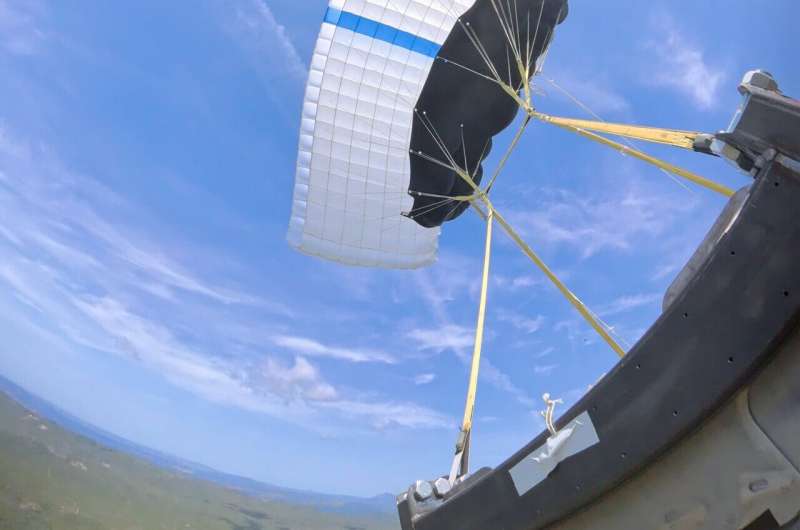
Over the last four months, the Space Rider team has been running a drop-test campaign whereby a full-scale model of the future orbital laboratory is dropped from a helicopter to test and qualify the deployment of its parachutes, at Salto di Quirra in Sardinia, Italy.
The Space Rider project is an uncrewed laboratory about the size of two minivans that will be able to stay in orbit for up to two months. The spacecraft comes in two parts, an orbital module that supplies everything it needs to fly around our planet and a reentry module that brings Space Rider and its experiments back to Earth.
Over the course of this test campaign that started in April and is expected to finish in autumn, the teams are using a model of Space Rider that has a similar weight distribution as the real 3,000 kg reentry module. This allows the team to test the parachutes, parafoil and control winches that automatically guide the spacecraft to a soft touchdown on Earth.
Dropped from a maximum height of 3.5 km, drogue chutes deploy to help slow down the test model to a safe speed to extract the parafoil that will allow the spacecraft to be steered to a landing strip.
Promising early tests for variable-thrust landing engine

Mermaid on salty Mars
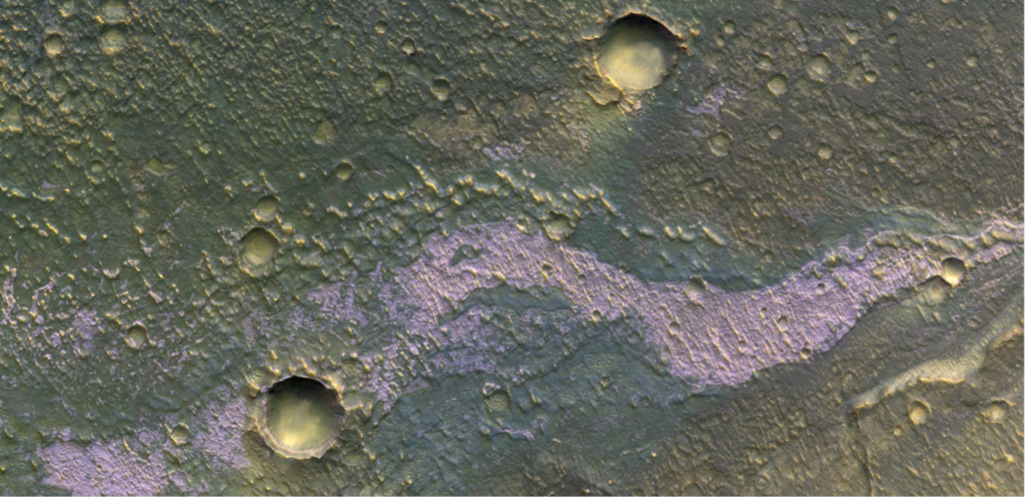 Image:
Mermaid on salty Mars
Image:
Mermaid on salty Mars Astronomers use AI to Detect Stars Consuming Planets
 Astronomers have recently discovered hundreds of "polluted" white dwarf stars within the Milky Way. These stars are actively consuming planets in their orbit, providing a valuable opportunity to study the interiors of these distant, disintegrated planets. However, finding these stars has traditionally been a challenge.
Previously, astronomers had to manually sift through vast amounts of su
Astronomers have recently discovered hundreds of "polluted" white dwarf stars within the Milky Way. These stars are actively consuming planets in their orbit, providing a valuable opportunity to study the interiors of these distant, disintegrated planets. However, finding these stars has traditionally been a challenge.
Previously, astronomers had to manually sift through vast amounts of su NASA uses digital models to enhance aeronautical innovation
 As NASA advances its aeronautics research, the agency is leveraging Model-Based Systems Analysis and Engineering (MBSAE) to ensure the collective benefits of various technologies. MBSAE digitally simulates the integration of multiple technologies into a cohesive system using advanced digital tools and computing programs.
The objective is to optimize the next generation of aviation technolo
As NASA advances its aeronautics research, the agency is leveraging Model-Based Systems Analysis and Engineering (MBSAE) to ensure the collective benefits of various technologies. MBSAE digitally simulates the integration of multiple technologies into a cohesive system using advanced digital tools and computing programs.
The objective is to optimize the next generation of aviation technolo 
